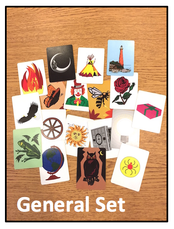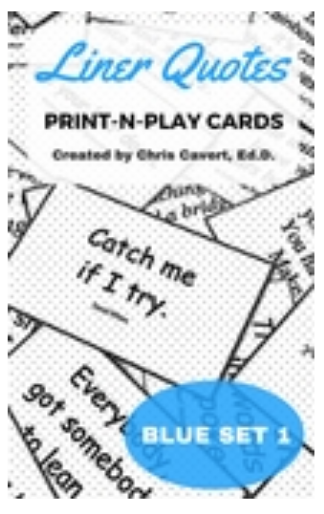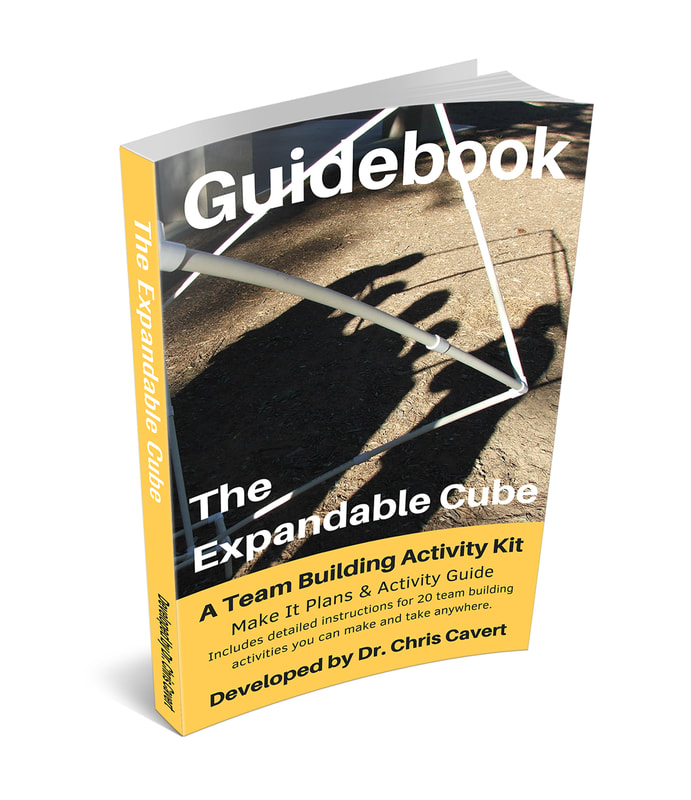Numbers: Plays well with six to eight in a group. (Multiple groups can play at the same time.)
Time: 15 to 20 minutes
Process: You’ll want to play this one at a table or a comfortable place on the floor. Give everyone enough index cards so they can spell out their first name – one index card for each letter of their name. For example, if someone is spelling out Linda, she needs five index cards. Peter needs five index cards as well. Michael will need seven. (You get the idea!) Ask everyone to print out their letters with the index cards in “portrait” mode (see graphic above) so they will be able to work with the puzzle challenge a bit easier. NOTE: If someone has a given name like Christopher, he can use 10 index cards or go with five for Chris.
When all the cards are ready, challenge the group to create a “scrabble-like” puzzle using the index cards they have created. Scrabble rules apply: No proper nouns (things that are capitalized), no abbreviations and no acronyms. Words are spelled left to right or top to bottom and all words formed, after the first word, must be connected to at least one other word in the puzzle.
After the group has successfully created their puzzle you can stop at that point and move into some of the discussion questions below. If you have more time continue the challenge. Write down the words that were used in the first puzzle. Now, challenge the group to create a different puzzle without using any of the words they used in the first puzzle. If the group can create a second, can they create a third puzzle without using any words from the first or second puzzle? How far can their resources take them?
Discussion Questions:
- (Frontloading) As you see the names spelled out in front of everyone, what do you see? What else do you see? What else do you see? (Dig deeper into this as much as appropriate.)
- What do the cards represent to you? (Before and after the activity)
- Find the letters of your name (after the puzzle is completed). How many different “words” are you a part of? What does that mean to you?
- What were you thinking when you were challenged to make a different puzzle? How did you “enter into” the challenge?
- With the resources you have at your disposal, what is possible for you?
As noted above, if you have a larger group of people, divide them into smaller groups of six to eight players. Have each group work through the process above on their own. Then, bring everyone back together, when appropriate, and challenge them to merge all the small group puzzles into one big puzzle without changing any of the words in any of the puzzles.
Chris Cavert, Ed.D.










 RSS Feed
RSS Feed